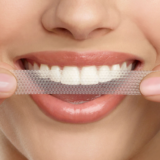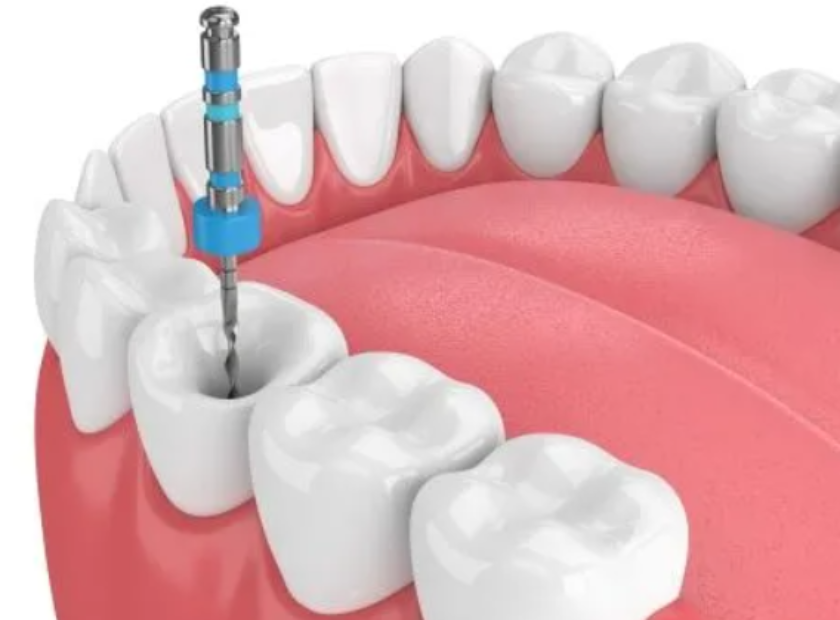Symptoms of ill-fitting dental bridge

Symptoms of Ill-Fitting Dental Bridge
Dental bridges are a popular solution for replacing missing teeth, offering improved functionality and aesthetics.
When properly fitted, they restore your smile and make chewing and speaking easier. However, an ill-fitting dental bridge can cause discomfort and lead to oral health problems.
Identifying the signs of a poorly fitted dental bridge early is essential to prevent complications.
For professional care and solutions for all dental concerns, Family Dentistry on Brock in Tillsonburg, ON, is one of the best choices.
Their experienced team ensures comfortable and effective treatments, including root canals. Contact them at +1 (519) 842-4653 or via email at info@familydentistryonbrock.com.
Visit their clinic at 49 Brock St E, Tillsonburg, ON N4G 1Z7, to schedule an appointment.
What Is a Dental Bridge?
A dental bridge is a fixed appliance designed to replace one or more missing teeth. It consists of artificial teeth (pontics) anchored to adjacent natural teeth or dental implants.
When fitted correctly, a dental bridge can restore your smile, improve oral function, and maintain the alignment of surrounding teeth.
Symptoms of an Ill-Fitting Dental Bridge
An ill-fitting dental bridge can lead to several issues affecting both comfort and oral health. Below are the common symptoms to watch for:
1. Discomfort or Pain
Persistent pain or discomfort in the teeth, gums, or jaw after getting a dental bridge may indicate that it is not fitting properly. Pressure points from an uneven fit can cause soreness.
2. Gum Irritation or Inflammation
If your dental bridge doesn’t fit snugly, it can rub against the gums, leading to irritation, swelling, or redness. Over time, this can increase the risk of gum infections.
3. Difficulty Chewing or Speaking
A well-fitted bridge should function like natural teeth. If you find it challenging to chew food or notice changes in your speech, the bridge may not be positioned correctly.
4. Loose or Wobbly Bridge
A dental bridge should feel secure. If it moves or feels loose, it may not be properly anchored to the supporting teeth or implants.
5. Food Trapping
Gaps between the bridge and your gums or adjacent teeth can trap food particles, leading to bad breath, plaque buildup, and an increased risk of cavities.
6. Jaw Pain or Headaches
An improperly aligned bridge can affect your bite, leading to strain on the jaw muscles and resulting in headaches or jaw pain.
7. Changes in Appearance
If the bridge appears uneven, too high, or out of alignment with your other teeth, it may not have been fitted correctly.
Causes of Ill-Fitting Dental Bridges
Understanding the potential causes of an ill-fitting dental bridge can help in addressing the problem:
- Inaccurate Measurements: Poor impressions during the initial fitting process can lead to a bridge that doesn’t align properly.
- Wear and Tear: Over time, a dental bridge may become loose due to wear or changes in the underlying teeth or gums.
- Bone or Gum Resorption: After tooth loss, the supporting bone and gum tissue may shrink, affecting how the bridge fits.
- Dental Work Errors: Mistakes during the placement or fabrication of the bridge can result in improper fitting.
Risks of Ignoring Ill-Fitting Dental Bridges
Neglecting to address the symptoms of an ill-fitting dental bridge can lead to more severe oral health issues, including:
- Tooth Decay: Gaps and food trapping increase the risk of cavities in the supporting teeth.
- Gum Disease: Constant irritation and plaque buildup can lead to periodontal disease.
- Bone Loss: A poorly fitted bridge can fail to distribute chewing forces evenly, leading to bone loss in the jaw.
- Tooth Damage: Supporting teeth may experience excessive strain, leading to cracks or fractures.
What to Do If Your Dental Bridge Feels Ill-Fitting
If you suspect your dental bridge is not fitting properly, it’s crucial to act promptly:
- Schedule a Dental Visit: Contact a dentist to have your bridge evaluated.
- Avoid DIY Fixes: Attempting to adjust or repair the bridge yourself can cause further damage.
- Practice Good Oral Hygiene: Maintain proper brushing and flossing to reduce the risk of complications until you can see a dentist.
For professional evaluation and adjustments, visit Family Dentistry on Brock in Tillsonburg, ON.
Their experienced team can diagnose the issue and provide effective solutions to ensure your dental bridge fits comfortably.
How to Prevent Ill-Fitting Dental Bridges
Taking preventive steps can help you avoid issues with your dental bridge:
- Choose a Reputable Dentist: Work with an experienced dental professional for proper fitting and placement.
- Regular Check-Ups: Routine visits to your dentist can help detect and address any problems early.
- Good Oral Hygiene: Keeping your teeth and gums healthy reduces the risk of complications.
- Avoid Hard Foods: Chewing on hard or sticky foods can loosen or damage your bridge.
Why Choose Family Dentistry on Brock?
When it comes to dental care, Family Dentistry on Brock is a trusted name in Tillsonburg, ON.
With their focus on patient comfort and personalized treatments, they ensure that every dental procedure is performed with precision and care.
Contact Information:
- Phone: +1 (519) 842-4653
- Email: info@familydentistryonbrock.com
- Address: 49 Brock St E, Tillsonburg, ON N4G 1Z7
Whether you need a new dental bridge or adjustments to an existing one, their team provides top-quality care tailored to your needs.
FAQs About Ill-Fitting Dental Bridges
1. How do I know if my dental bridge doesn’t fit properly?
Common signs include pain, gum irritation, difficulty chewing, and a loose or wobbly bridge.
2. Can an ill-fitting dental bridge be fixed?
Yes, a dentist can adjust, reline, or replace the bridge to improve its fit and function.
3. How long does a dental bridge last?
With proper care, a dental bridge can last 5-15 years. Regular check-ups help maintain its condition.
4. Is it normal to feel discomfort after getting a new dental bridge?
Mild discomfort is common initially, but persistent pain or irritation may indicate an issue with the fit.
5. How can I prevent food from getting stuck under my dental bridge?
Floss daily using a floss threader or water flosser to clean around and under the bridge effectively.
Conclusion
An ill-fitting dental bridge can lead to discomfort and serious oral health issues if not addressed.
Recognizing the symptoms early and seeking professional care is essential to maintaining your dental health.
For expert evaluation and treatment, contact Family Dentistry on Brock in Tillsonburg, ON.
Their skilled team provides personalized care to ensure your dental bridge fits perfectly and enhances your quality of life.
Contact Family Dentistry on Brock today:
- Phone: +1 (519) 842-4653
- Email: info@familydentistryonbrock.com
- Address: 49 Brock St E, Tillsonburg, ON N4G 1Z7
Experience exceptional dental care that prioritizes your comfort and well-being!




